
Take-aways from the 2018 beef summit, Part 2
Second instalment of a two-part series highlighting “take-aways” from the 2018 Beef Summit in Calgary that combined the International Symposium on Beef Cattle Welfare and the UCVM Beef Cattle Conference

What we know about Fatigued Cattle Syndrome
Vet Advice with Dr. Ron Clarke

Take-aways from the 2018 beef summit, Part 1
This is the first of a two-part series highlighting “take-aways” from the 2018 Beef Summit in Calgary that combined the International Symposium on Beef Cattle Welfare and the UCVM Beef Cattle Conference

C. jejuni – an ever-present and often forgotten bacteria
Vet Advice with Dr. Ron Clarke
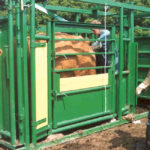
Does preg-checking cows pay?
Perfection is not possible in the cattle business, but excellence can be achieved
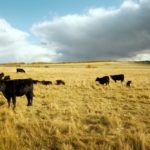
Sometimes there are no answers to troubling questions
Animal Health with Dr. Ron Clarke
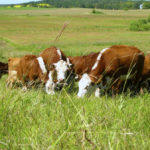
Know the signs of fog fever
Vet Advice with Dr. Ron Clarke
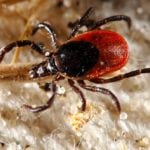
Tularemia, a potentially serious and life-threatening disease
Vet Advice with Dr. Ron Clarke
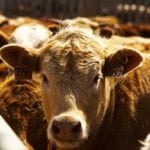
Change is upon us
Animal Health with Dr. Ron Clarke

High-risk calves a welfare concern
Vet Advice with Dr. Ron Clarke



